Hiroshima’s History Made Kids-Friendly
Introducing Hiroshima's Heavy Past To Your Little Ones
August 6, 1945: the day the Earth stood still for Japan and Hiroshima. As adults, remembering and transmitting this part of History is part of our duty but how can we talk about it with our kids?
When visiting Hiroshima—especially with kids—, it’s impossible not to mention the tragic events that happened there on August 6, 1945. It will forever be ingrained in the minds and hearts of people in Hiroshima and across Japan. As parents or simply adults, our task is to help our kids understand what happened so it will never happen again.
The Peace Memorial Museum in Hiroshima can constitute a powerful experience that will evoke many emotions. Although it’s important to visit and remember the past, the pictures and artwork on display of disfigured victims, burning bodies, and suffering children may be a bit too much for young eyes and minds.
August 6, 1945. 8:15 a.m.
During World War II, American forces dropped the world’s first deployed atomic bomb on Hiroshima. It detonated 600 meters above the city and killed up to 80,000 citizens instantly and indiscriminately. The atomic bomb claimed up to 146,000 lives over the days and years to come.
An 18-year-old at the time described this gruesome scene, one that took place everywhere within 2 kilometers of the bomb’s epicenter:
“They were nearly naked, their clothes burned to tatters, but I couldn’t tell the men from the women. Hair gone, eyeballs popped out, lips and ears ripped off, skin hanging from the faces, bodies covered in blood – and so many,”
– an excerpt from the Peace Declaration, August 6, 2019 read by the Mayor of Hiroshima, Matsui Kazumi
On that day, and in the days to come, hellish sights to horrific they could not be unseen unfolded
On August 6, 2019, Hiroshima Peace Memorial Ceremony, these words were read by 6th graders Shuka Kaneda and Tadahiro Ishibashi as a part of their speech titled ‘Commitment to Peace’:
“August 6, 1945. On that day, and in the days to come, hellish sights to horrific they could not be unseen unfolded. The rivers run red with blood, the mountains of debris, the people stripped of their skin, piles of corpses.”
Shivers will run through anyone’s spines when hearing these words, especially when they are read by such young voices. During Hiroshima’s Peace Memorial Ceremony, there were no filters of the horrors that unfolded… not for kids, not for anyone.
The Hiroshima Peace Memorial Museum
Needless to say, coming to Hiroshima’s Peace Memorial Museum with children will expose them to the frightening and painful events that occurred on August 6, 1945. When entering the museum, there is a warning for graphic content and the museum pamphlet also warns you: “This exhibition contains exhibits that can be quite disturbing.”
No detail is spared by survivors of the atomic bomb, who described for the museum what they saw, and what unfolded in Hiroshima after the mushroom cloud dissipated into the sky. The dark interior highlights large pictures of victims covered in burns and tattered clothing.
This museum exposes the truth, the naked truth. As much as it is important to transmit this part of history to our kids, you might decide that this is too much to handle for your children… In that case, we definitely recommend starting to introduce Hiroshima’s past using “Sadako and the Thousand Paper Cranes”.
Introduce Hiroshima’s History With The Help Of Sadako
An alternative way for kids to learn about Hiroshima is through the story “Sadako and the Thousand Paper Cranes”, which is available as a picture book or in a short novel form. This book was written by Eleanor Coerr, based on the life of a real girl who survived the Hiroshima atomic bombing.
Sadako Sasaki was only two years old when the atomic bomb fell over her hometown, Hiroshima. Sadako and her mother were 1.6 kilometers from ground zero, but the force of the bomb launched two-year-old Sadako out of the window of their home.
Luckily, she suffered no serious injuries and led a normal, post-war life similar to any other girl in Japan. When she was 11 years old, she developed purpura—purple spots on her legs—which are associated with what locals called “the atomic bomb disease”: leukemia.
Sadako was hospitalized and given less than a year to live. With encouragement from her father and her close friends, Sadako started folding paper cranes. In Japanese culture, folding 1000 paper cranes grant the folder one wish—hers was the wish to live. But sadly, Sadako passed away from leukemia before she was able to fold all 1000 cranes.
The crane became an international symbol for hope and peace and Sadako’s story reminds readers of all ages about the innocent victims of nuclear war.
Visiting The Children’s Memorial In The Peace Memorial Park
But the story of Sadako and all the hopes she was holding did not end with her tragic death.
Sadako’s classmates and friends set up a fundraiser in her honor, to build a memorial for her and the other innocent children who died as a result of the atomic bomb. Sadako, holding a large paper crane above her head, is now memorialized in Hiroshima’s Peace Memorial Park. Visitors can pray for world peace by ringing the bell located just below Sadako’s feet in the monument.
Inside the colorful display cases that surround the monument are thousand-paper crane mobiles, folded and sewn together by classrooms and groups from around Japan and the world. Often, volunteers are stationed near the monument so visitors can learn how to fold their own paper cranes, to be added to the display.
Kid-Friendly Things To Do In The Hiroshima Peace Memorial Park
If you decide not to visit the Hiroshima Peace Memorial Museum, there are plenty of activities to do in the park located just next to the museum!
- Together with your kids, fold your own origami crane and donate it to the Children’s Peace Monument, a nice way to explain to them how much a little action can do
- Listen to the story of Sadako behind the Children’s peace monument, where volunteers read the story to children in several different languages every day
- Visit the Hall of Remembrance. The interior of this memorial is a 360-degree panorama of what Hiroshima looked like after the atomic bomb, as seen from Shima Hospital, the hypocenter
- Say a prayer at the Hiroshima Victims Memorial Cenotaph
- Visit the Atomic Bomb Dome, a building that withstood being at the epicenter of an atomic bomb. Its skeletal remains are a symbol of Hiroshima’s resilience
The Savvy Tip
For kids who can read Japanese, there are media tables in the East Building of the Peace Memorial Museum. Here, kids can learn about the atomic bomb and its aftereffects on one of the many touch-screen displays. The explanations are kids-friendly, without the colorful language used to describe extreme suffering elsewhere in the museum. Do take note that some of the black and white pictures show destruction and suffering, but not to the degree of other museum portraits.

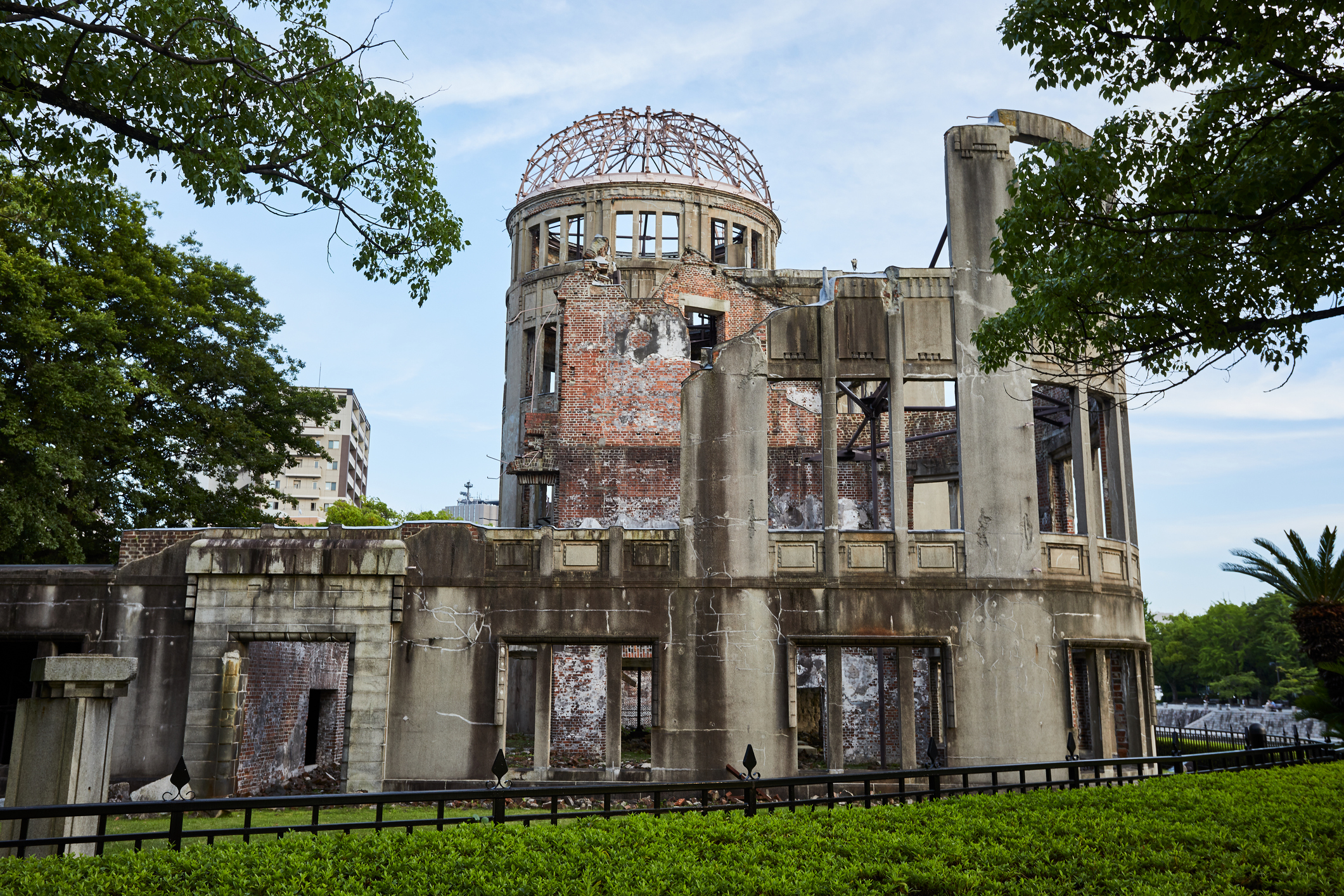
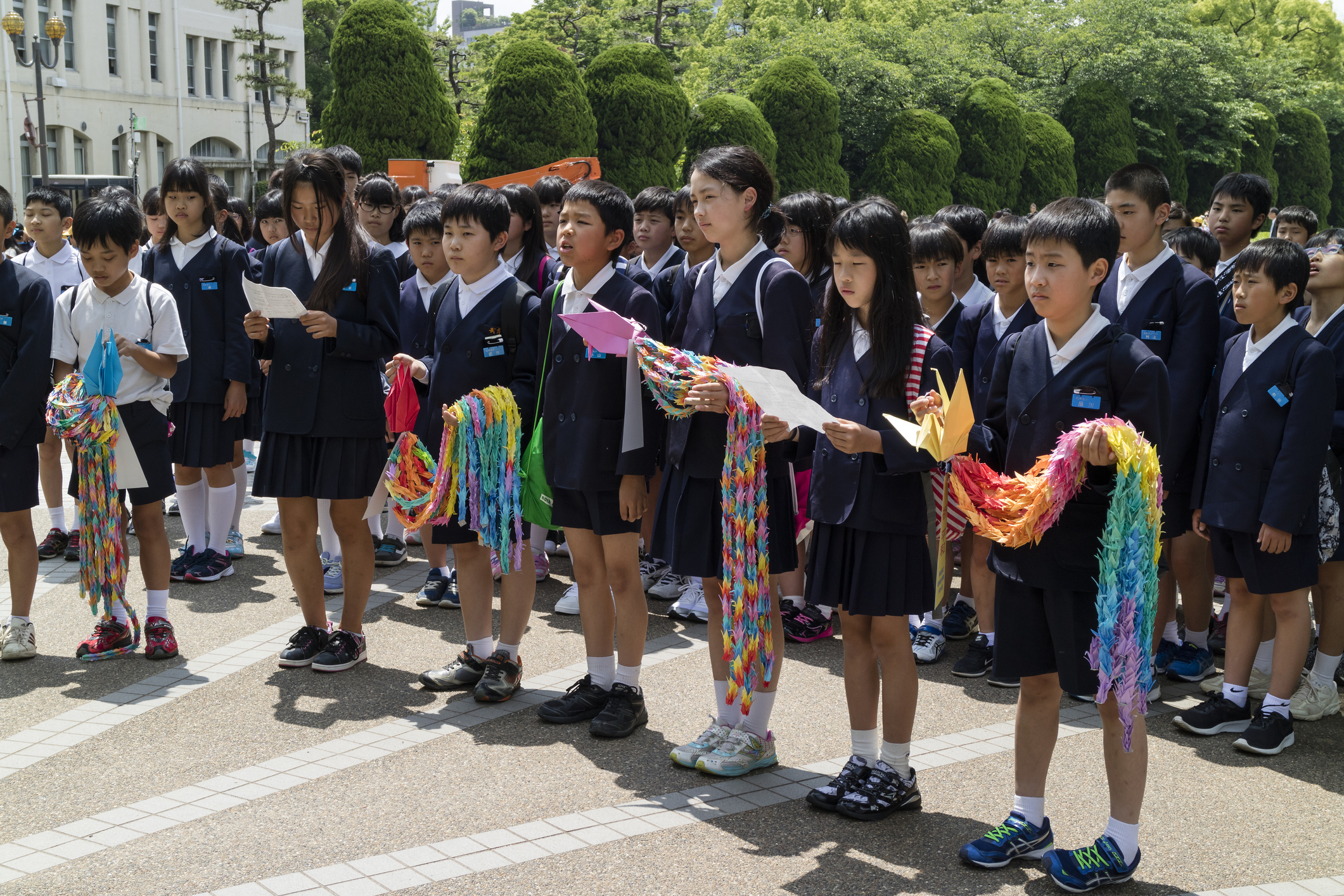
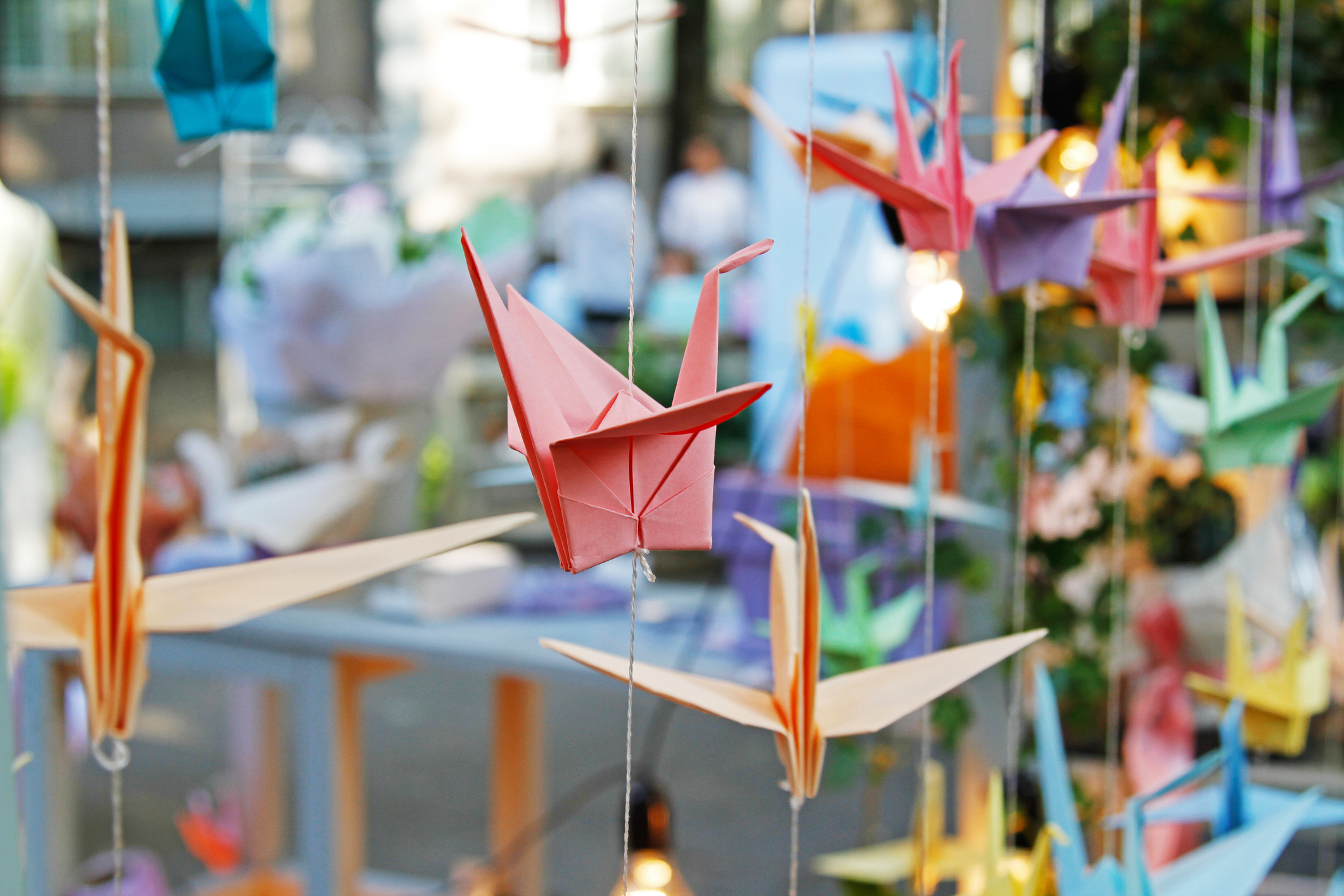
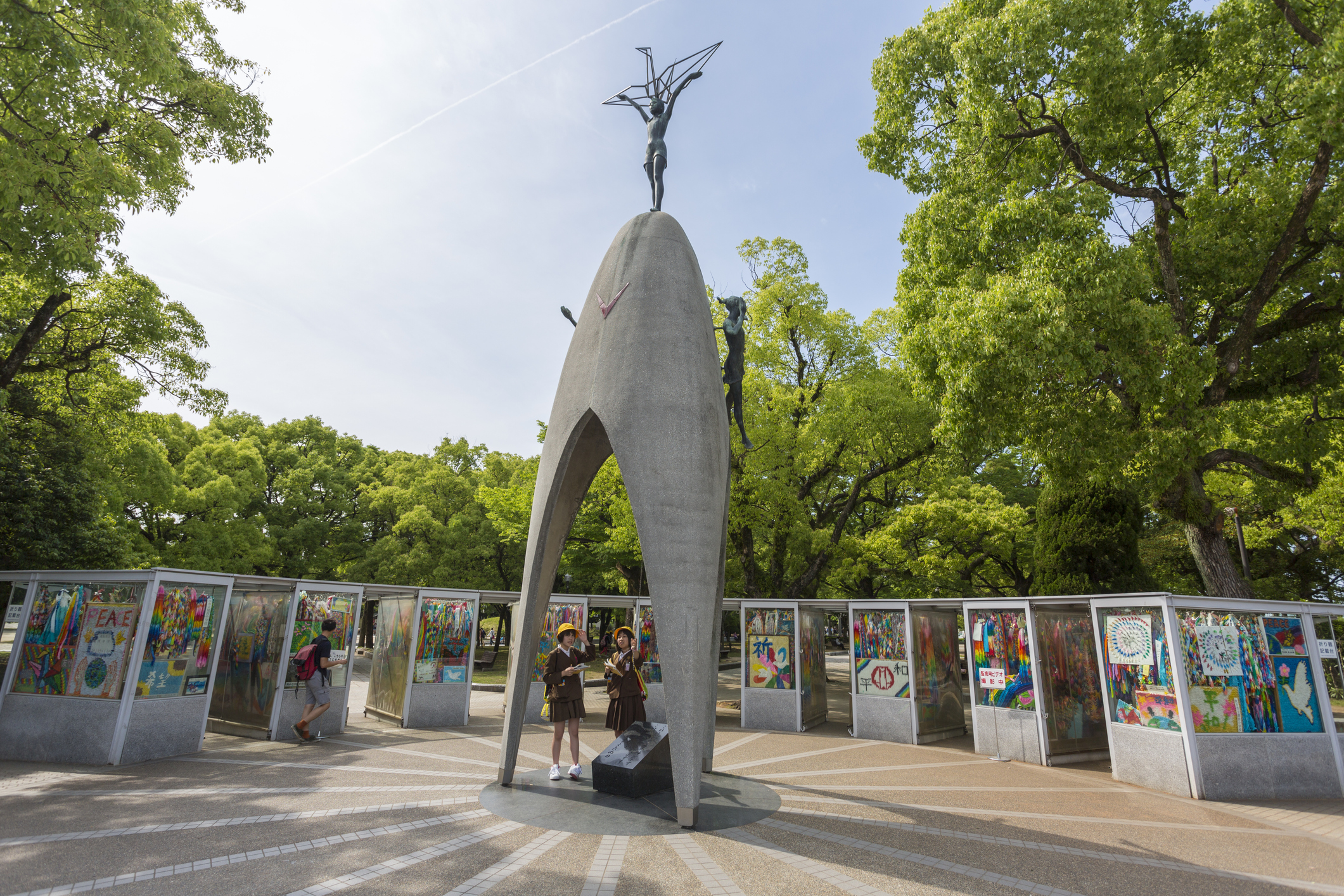
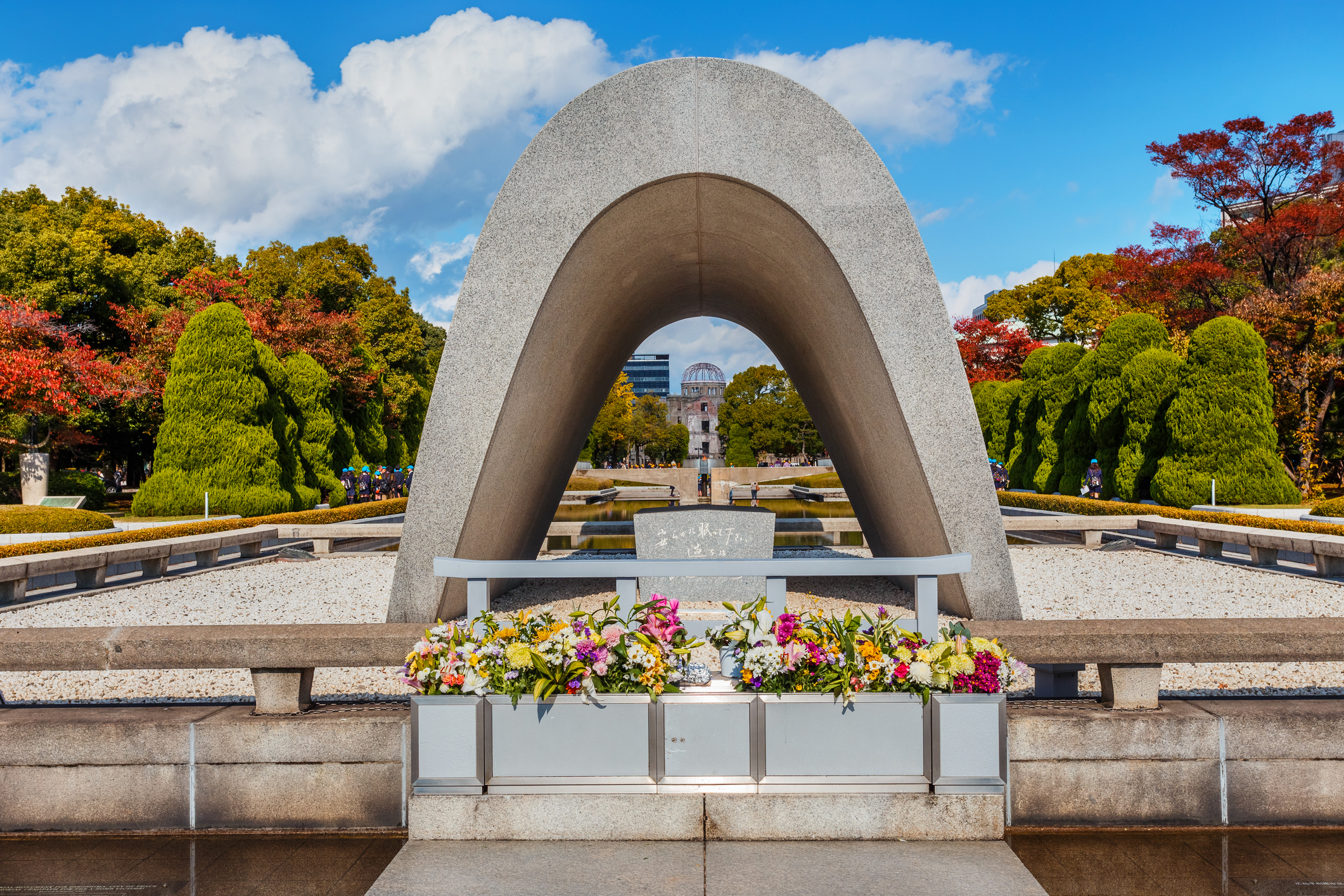











Leave a Reply